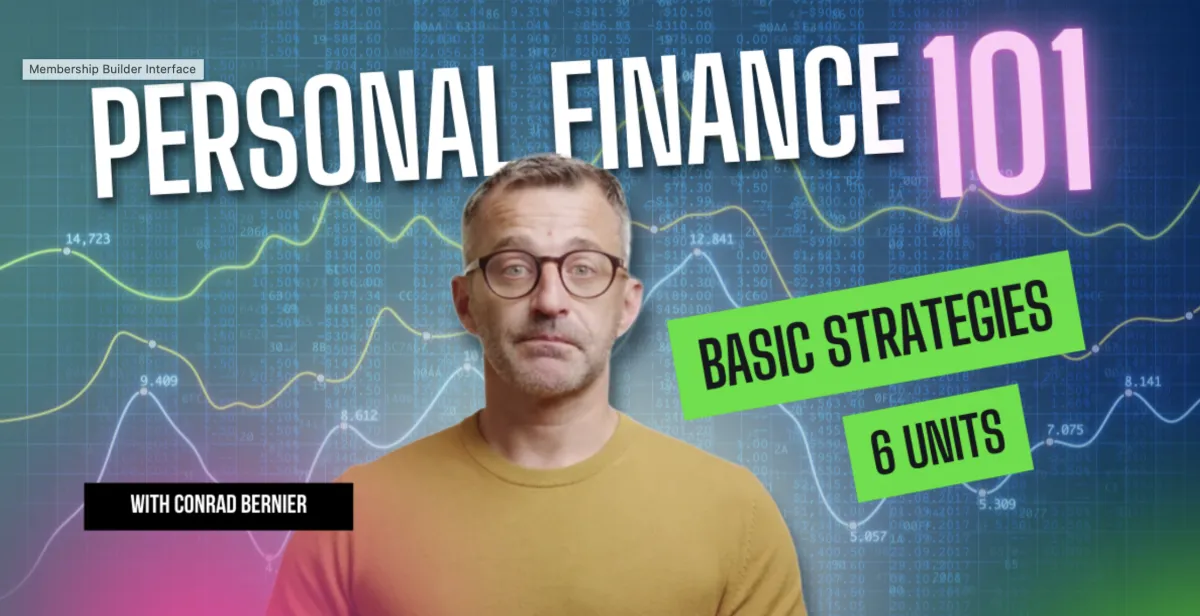This is a Demo Academy. For Your Branded Version → Click Here
This is a Demo Academy. For Your Branded Version → Click Here
TRADING
No blogs found
INVESTING
No blogs found
Top 10 ETFs for Long-term Investments in 2025
A comprehensive guide to building wealth through diversified investing
Exchange-Traded Funds (ETFs) have become one of the most popular investment vehicles for long-term wealth building. They offer instant diversification, low costs, and professional management - making them perfect for beginners and experienced investors alike. With their simplicity and effectiveness, ETFs provide a straightforward path to building wealth that has historically outperformed most actively managed investments.
💡 What is an ETF?
An Exchange-Traded Fund (ETF) is essentially a basket that holds many different stocks, bonds, or other securities. When you buy one share of an ETF, you're purchasing tiny pieces of hundreds or thousands of companies simultaneously. For example, investing in the S&P 500 ETF gives you instant ownership in Apple, Microsoft, Amazon, Google, and 496 other major companies - diversification that would be impossible to achieve individually.
ETFs trade on stock exchanges like individual stocks but provide exposure to entire markets, sectors, or investment themes with a single purchase. Since the first ETF launched in 1993, the industry has grown to over 8,000 ETFs worldwide, driven by declining fees and superior performance compared to actively managed funds.
Why Choose ETFs for Long-term Investing?
Instant Diversification
Own hundreds of companies with one purchase, reducing single-stock risk
Ultra-Low Costs
Expense ratios typically under 0.20%, saving thousands over time
Professional Management
Experts handle rebalancing and portfolio maintenance automatically
Trading Flexibility
Buy and sell during market hours with real-time pricing
Transparency
Holdings disclosed daily, so you always know what you own
Tax Efficiency
Structure minimizes taxable distributions compared to mutual funds
📊 ETFs vs. Other Investment Options
Understanding how ETFs compare to other investment vehicles helps illustrate why they've become so popular among both novice and sophisticated investors.
| Feature | ETFs | Mutual Funds | Individual Stocks |
|---|---|---|---|
| Diversification | High | High | None |
| Expense Ratios | 0.03% - 0.75% | 0.50% - 2.00% | $0 (trading fees only) |
| Minimum Investment | 1 Share (~$50-500) | $1,000 - $10,000 | 1 Share (varies) |
| Trading Flexibility | Real-time | End of day only | Real-time |
| Tax Efficiency | High | Moderate | High (if held long-term) |
Understanding Different Types of ETFs
🎯 Main Types of ETFs
Broad Market ETFs: Entire markets (S&P 500, Total Stock Market) - best for core holdings. Sector ETFs: Specific industries with higher risk but growth potential. International ETFs: Foreign market exposure for diversification. Bond ETFs: Government/corporate bonds for income and stability.
Top 10 ETFs for 2025
After extensive analysis of performance, costs, liquidity, and diversification benefits, here are the top 10 ETFs for long-term investors in 2025. These selections represent the best combination of low costs, broad diversification, and strong historical performance.
| Rank | ETF Name | Ticker | Focus | Expense Ratio |
|---|---|---|---|---|
| 1 | Vanguard Total Stock Market | VTI | Entire US Stock Market | 0.03% |
| 2 | SPDR S&P 500 | SPY | Large US Companies | 0.09% |
| 3 | Vanguard Total International | VTIAX | International Stocks | 0.11% |
| 4 | iShares Core MSCI Total International | IXUS | Global Diversification | 0.09% |
| 5 | Vanguard Total Bond Market | BND | US Bonds | 0.03% |
| 6 | iShares Core S&P 500 | IVV | Large Cap Growth | 0.03% |
| 7 | Vanguard FTSE Developed Markets | VEA | Developed International | 0.05% |
| 8 | iShares MSCI Emerging Markets | EEM | Emerging Markets | 0.68% |
| 9 | Vanguard Real Estate | VNQ | Real Estate Investment | 0.12% |
| 10 | Technology Select Sector SPDR | XLK | Technology Sector | 0.10% |
🔍 Top Pick Highlights
VTI (Vanguard Total Stock Market): The gold standard for U.S. equity exposure with over 4,000 stocks and just 0.03% expense ratio.
SPY (SPDR S&P 500): The original ETF with unmatched liquidity, tracking the 500 largest U.S. companies.
VTIAX (Vanguard Total International): Essential international diversification covering both developed and emerging markets.
Historical Performance Comparison
10-Year Average Returns
*Past performance does not guarantee future results. Data represents approximate 10-year averages through 2024.
Building Your ETF Portfolio Strategy
🎯 Asset Allocation by Age
Your ideal allocation depends on age and risk tolerance. Generally: 20s-30s: 80% stocks, 20% bonds. 40s-50s: 65% stocks, 35% bonds. 60+: 45% stocks, 55% bonds. Adjust based on your risk comfort level.
💡 Key ETF Strategies
- Dollar-Cost Averaging: Invest fixed amounts regularly to reduce timing risk
- Core-Satellite Approach: Use broad market ETFs as core (80-90%), specialized ETFs as satellites (10-20%)
- Rebalancing: Review quarterly, rebalance when allocations drift 5% from targets
- Geographic Diversification: Include international markets for global exposure
- Tax Efficiency: Use tax-loss harvesting and consider account types
Sample Portfolio Allocations
Simple 3-Fund Portfolio: 70% US Total Market (VTI), 20% International (VTIAX), 10% Bonds (BND). Cost: ~0.05% annually.
Balanced Portfolio: 50% US (VTI), 20% International (VEA/EEM), 25% Bonds (BND), 5% Real Estate (VNQ). Cost: ~0.08% annually.
Common ETF Investing Mistakes to Avoid
❌ Common Mistakes
- Chasing performance and hot sectors
- Over-diversification with too many overlapping ETFs
- Ignoring expense ratios and fees
- Trying to time the market
- Neglecting international diversification
- Emotional buying and selling
- Not rebalancing regularly
- Focusing only on past performance
✅ Best Practices
- Start with broad market index funds
- Keep costs low (under 0.20% expense ratios)
- Maintain consistent investment schedule
- Focus on long-term goals (5+ years)
- Include international exposure (20-40%)
- Rebalance annually or when allocations drift
- Stay disciplined during market volatility
- Consider tax implications in taxable accounts
🔄 Rebalancing Your Portfolio
Rebalancing returns your portfolio to target allocations, forcing you to "sell high and buy low." Do this annually or when allocations drift 5-10% from targets by directing new contributions to underweight assets.
🎯 ETF Selection Criteria
- Expense Ratio: Aim for under 0.20% for broad market funds
- Fund Size: Larger funds (>$1B) have better liquidity
- Tracking Error: How closely the ETF follows its benchmark
- Provider: Stick with Vanguard, iShares, and SPDR
- Holdings: Ensure the fund matches your investment goals
📈 The Power of Compound Growth
A $500 monthly investment over 30 years could grow to $502,000 (6% return), $679,000 (8% return), or $904,000 (10% return) from just $180,000 invested. Starting early and staying consistent matter more than timing the market.
🚀 Getting Started
- Open a brokerage account offering commission-free ETF trades
- Start with a broad market ETF like VTI or SPY
- Begin with any amount you can afford - consistency matters most
- Set up automatic investments to maintain discipline
- Gradually add international and bond exposure
- Use tax-advantaged accounts (401k, IRA) when possible
- Stay focused on long-term goals despite market volatility
⚠️ Important Disclaimer
This information is for educational purposes only and should not be considered personalized investment advice. All investments carry risk, including potential loss of principal. Past performance does not guarantee future results. ETF shares may trade at a premium or discount to their net asset value. Consider your investment objectives, risk tolerance, and time horizon before investing. Please consult with a qualified financial advisor before making investment decisions. The author may hold positions in some of the ETFs mentioned in this article.
Ready to put time on your side? With TradeFx Academy Demo's instant account setup, you can begin investing in top companies like Apple, Microsoft, and Google in minutes
Level Up Your Investing Knowledge
Learn how to invest, from beginner to advanced, with a wealth of educational articles
TRADING

20 min reading
CRYPTO

8 min reading
COMMODITIES

22 min reading
risk management

15 min reading
PROP TRADING

15 min reading
TRADING

9 min reading
Courses For Beginners
Our Academy provides free professional financial education for all levels
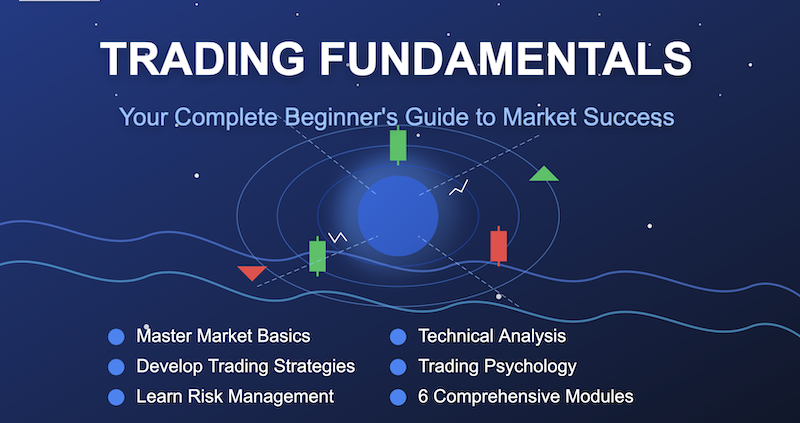
Trading Fundamentals: Complete Beginner's Guide to Market Success
Whether you're looking to generate additional income or simply understand how financial markets work, this course provides the foundation you need to navigate the trading with confidence.
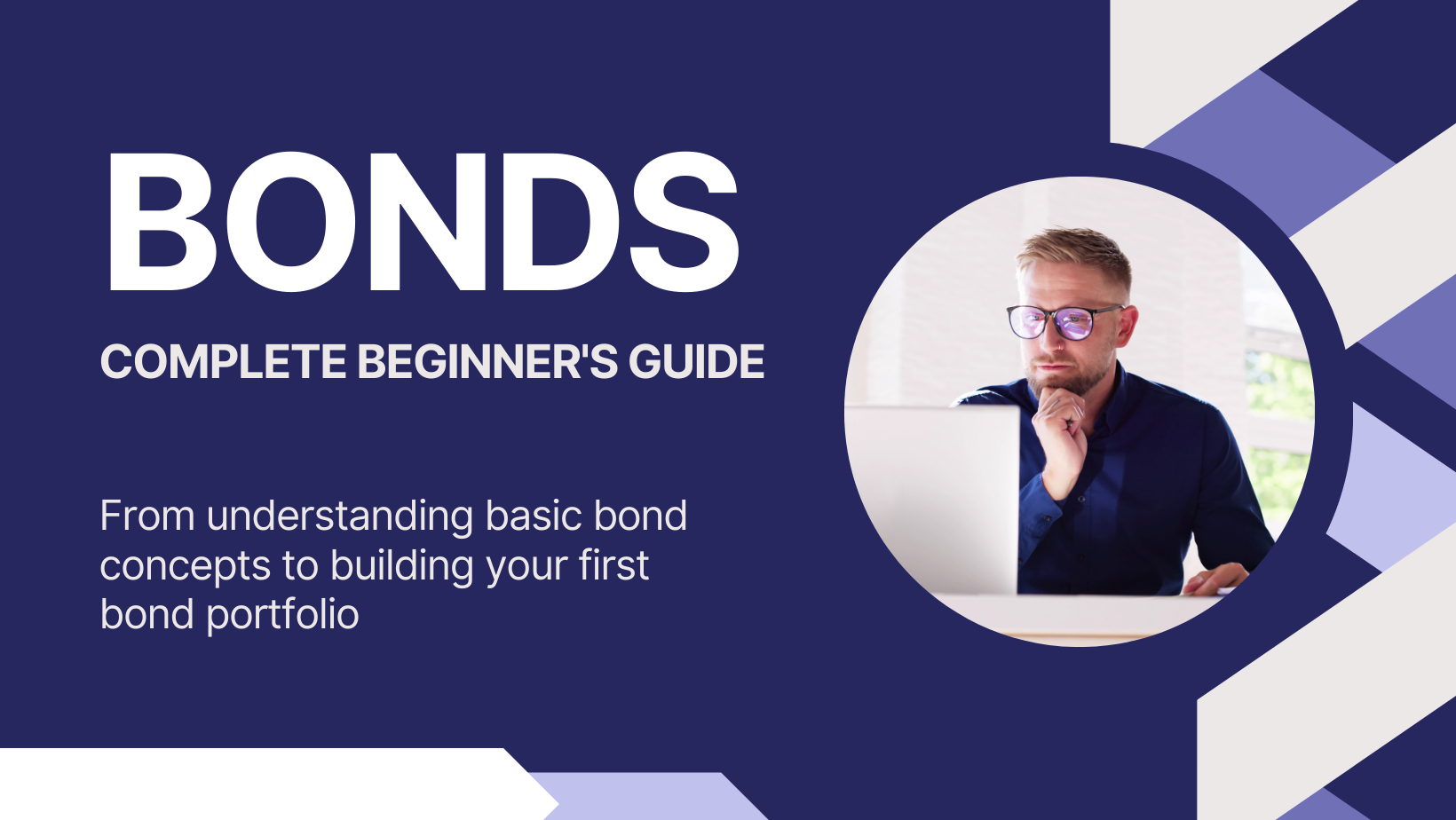
Complete Beginner's Guide for Bonds
Yet many beginners find bonds intimidating due to their unique terminology, this course breaks through the complexity, explaining everything you need to know in a simple language.
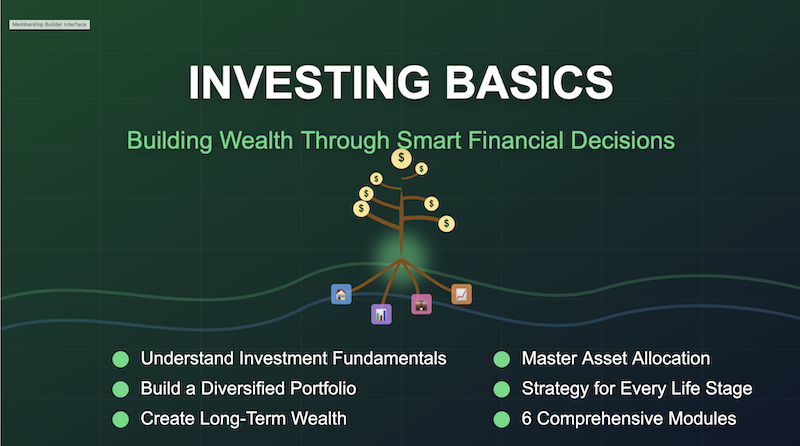
Investing Basics: Through Smart Financial Decisions
Learn the basics of investing, different asset classes, and how to build your first investment portfolio to achieve long-term financial goals.

Crypto Fundamentals: Digital Assets and Blockchain Technology
This course demystifies complex concepts through clear explanations and practical insights, taking you from complete novice to confident crypto enthusiast.
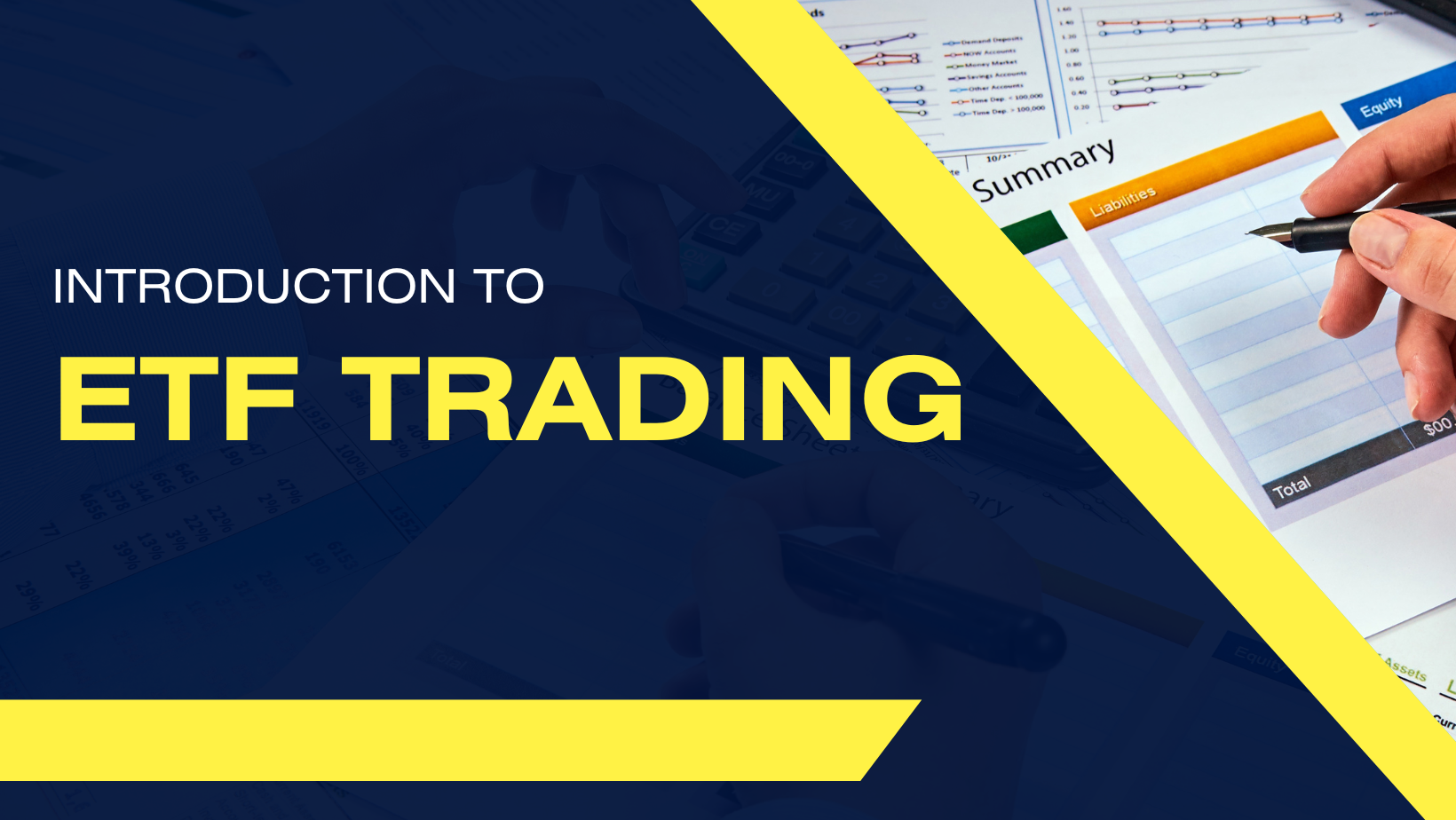
Introduction to ETF Trading
Learn how Exchange Traded Funds (ETFs) work, the basics of buying and selling ETFs, and how they differ from mutual funds and stocks.
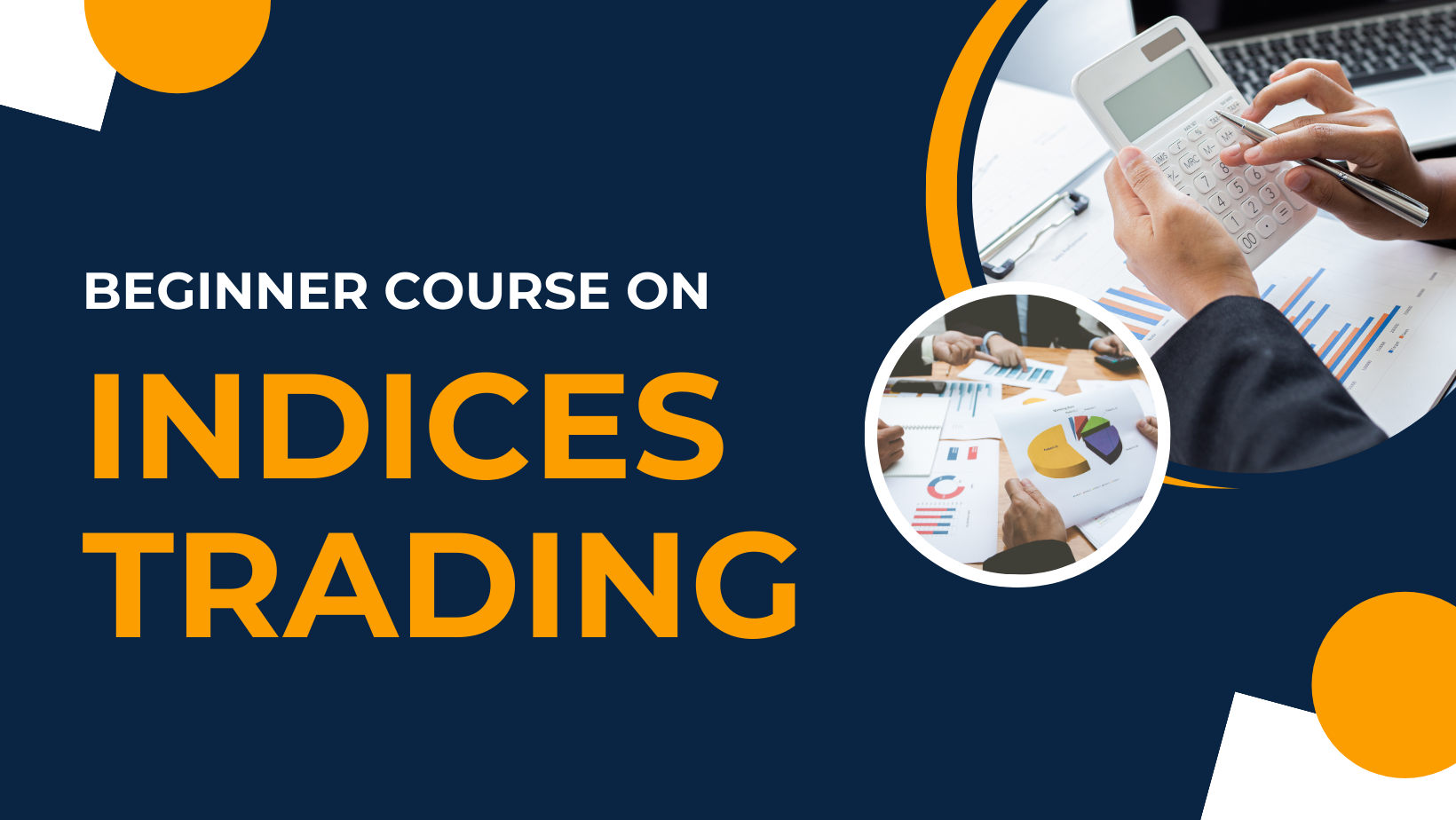
Beginner Course on Indices Trading
Learn the basics of investing, different asset classes, and how to build your first investment portfolio to achieve long-term financial goals.
Courses For Advanced
Master the Markets: Advanced Strategies Uncovered

Advanced Investing Tactics
Advanced Investing Tactics delivers actionable frameworks used by institutional investors.

Specialized Stock Sectors
Designed exclusively for experienced traders seeking to refine their strategies, this program delves deep into sector analysis, rotation techniques, and targeted investment approaches.

Crypto Beyond Basics - Advanced Course
Designed for experienced traders looking to sharpen their edge, this course covers sophisticated trading strategies and advanced technical analysis

Advanced Forex Trading Tactics
Master advanced forex trading strategies such as using leverage, trading with options, and employing algorithmic trading techniques for maximum efficiency.

Intermediate Course in Risk Management
The course will help you enhance your risk management practices, with a focus on advanced tools and methodologies for managing risk in dynamic market environments.

ETF Mastery - Sprint Course
This intensive program cuts through the noise to deliver institutional-grade techniques for sophisticated ETF selection, tactical trading, and portfolio optimization.
Ready to put time on your side? With TradeFx Academy Demo's instant account setup, you can begin investing in top companies like Apple, Microsoft, and Google in minutes.
Get an Education Platform That Turns Cold Leads Into High-LTV Traders
Nexa Digital Studio © Copyright 2025. All Rights Reserved.




